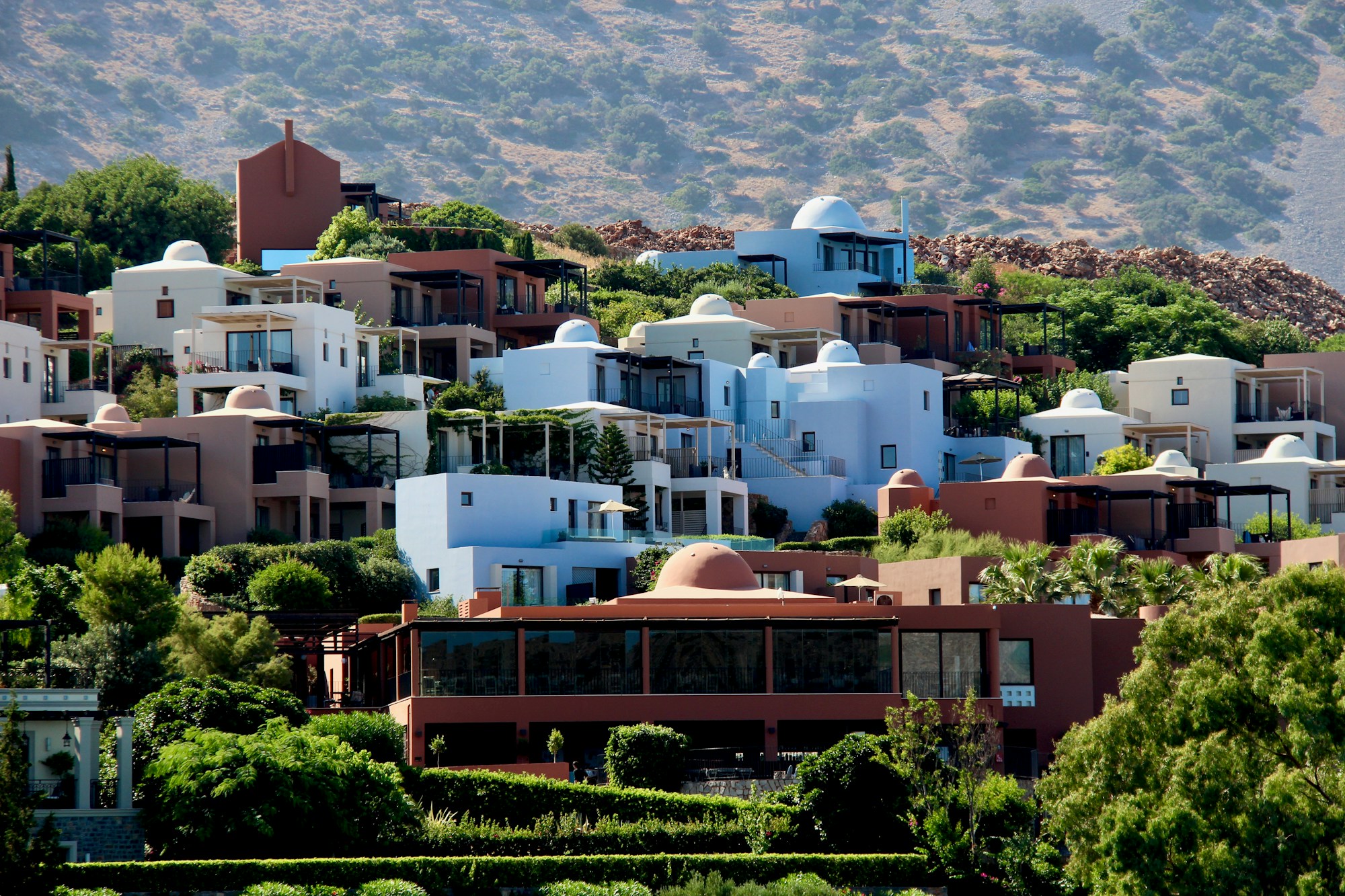Discover Crete: History, Traditions, and Festivals Guide

```html
History of Crete
Crete, the largest island in Greece, possesses a quintessential combination of ancient history, vibrant culture, and picturesque landscapes. The island is renowned for its significant historical legacy, home to the Minoan civilization, one of the earliest recorded civilizations in Europe. Archaeological sites such as Knossos, Phaistos, and Malia are a testament to this grandiose past, dating back to approximately 3,000 B.C.
The island's history is marked by periods of successive rule, including the Roman, Byzantine, Venetian, and Ottoman empires, each leaving an indelible imprint on its architecture, customs, and way of life. A visit to the Heraklion Archaeological Museum or the Historical Museum of Crete offers a fascinating glimpse into these bygone eras.
Traditional Cretan Culture
Cretan culture remains a vibrant tapestry of ancient customs, local folklore, and religious traditions. The Cretan people pride themselves on their rich heritage, evident in their traditional music, dance, and cuisine.
The music of Crete features lyra (a three-stringed bowed instrument) and laouto (a long-necked lute), producing melodies that are both haunting and lively. Traditional Cretan dances such as Pentozali and Sousta are performed at festivals and weddings, characterized by their energetic and rhythmic movements.
The island's cuisine is a celebration of local produce, with dishes like dakos, kalitsounia, and moussaka reflecting the bountiful harvests of olives, herbs, and vegetables. Cretan raki, a potent grape-based spirit, often accompanies meals and toasts.
Major Festivals and Celebrations in Crete
Crete’s festivals are a reflection of its cultural diversity and historical depth. These celebrations are deeply rooted in religious beliefs, agricultural cycles, and historical events.
- Easter Celebrations: Easter is the most significant religious festival in Crete. The Holy Week leading up to Easter Sunday is marked by processions, liturgies, and the symbolic reenactment of the Passion of Christ. On Easter Sunday, families gather to feast on lamb and other traditional dishes, sharing the joyous occasion with friends and neighbors.
- Anogia Yakinthia Festival: Held in late July in the village of Anogia, this festival celebrates Saint Hyacinth. It features traditional music, dance performances, and theatrical acts. Visitors can experience the authentic spirit of Cretan hospitality and culture.
- Rethymno Renaissance Festival: Celebrated in August, this festival in Rethymno revives the Renaissance era with theatrical performances, concerts, and exhibitions of art and literature. The festival emphasizes the island's profound cultural connections with the broader Mediterranean world.
- Matala Beach Festival: Held in the historic Matala seaside village, this summer festival celebrates the hippie legacy of the 1960s and 70s, combining contemporary music performances with arts and crafts, dance, and much more.
- Wine Festivals: Several wine festivals take place during the summer months, celebrating Crete’s rich vinicultural heritage. These festivals allow visitors to taste local varieties of wine, including the renowned Vidiano and Liatiko, paired with traditional Cretan dishes.
Exploring Crete's Cities and Landscapes
Crete is a land of immense geographical diversity, featuring pristine beaches, rugged mountains, fertile plains, and charming villages. Major cities such as Heraklion, Chania, and Rethymno offer a blend of modern amenities and historical landmarks.
In Heraklion, visit the Palace of Knossos, a sprawling archaeological site that offers a glimpse into the grandeur of the Minoan civilization. The city also boasts the Heraklion Archaeological Museum, which houses one of the most significant collections of Minoan artifacts.
Chania, with its stunning Venetian harbor, is a picturesque city filled with narrow alleyways, vibrant markets, and historical buildings. The Maritime Museum of Crete and the Archaeological Museum of Chania are must-visit attractions.
Rethymno, known for its well-preserved Renaissance architecture, features the Fortezza, a Venetian fortress, and the Old Town, filled with charming cafes, shops, and historical sites.
Beyond the cities, explore Samaria Gorge, one of the longest gorges in Europe, offering breathtaking hiking trails. The Lassithi Plateau, with its ancient windmills and lush landscapes, and Elafonisi Beach, renowned for its pink sand, are other highlights of Crete’s natural beauty.
```
